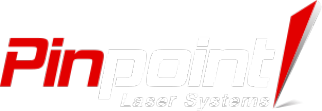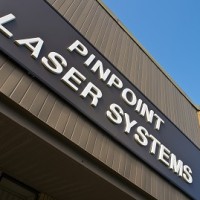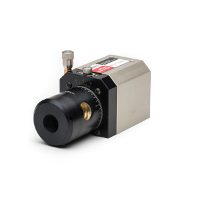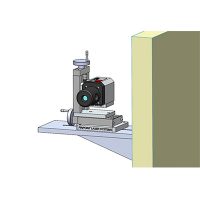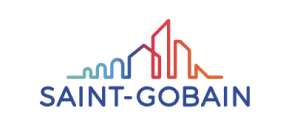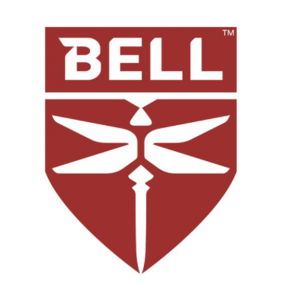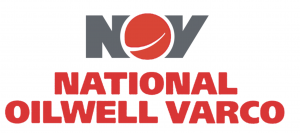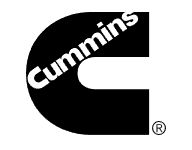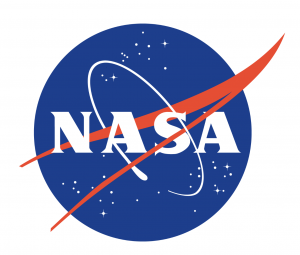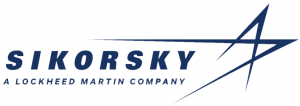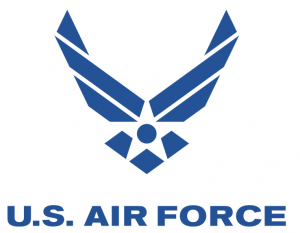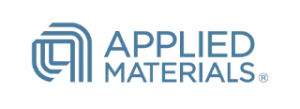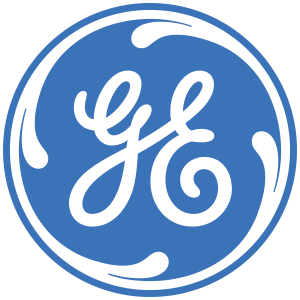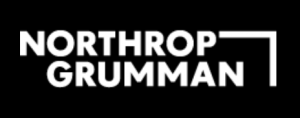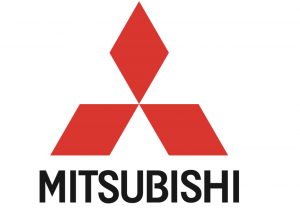John Maher: Hi. This is John Maher, and I’m here with Mory Creighton, president of Pinpoint Laser Systems in Peabody, Massachusetts. Today we’re here to talk about laser alignment, and specifically aligning roll and web manufacturing systems. Good morning, Mory.
Mory Creighton: Good morning, John.
John: So let’s say I run a plastics company that makes sheet materials, and I came to you and I had a question like, “Do we need roll alignment?” How would you respond to that?
Mory: That’s a good question, John, and it depends on the manufacturing process. A good example is making plastic sheet or thin film. This typically begins with an extrusion process where that thin, hot film is injected out into a roll system and then carried along through a series of well-positioned rolls and idlers and allowed to cool and be formed into a thin, plastic film. The alignment of those rolls is important because the material can stretch unevenly when the path length on one side of the roll system is longer than the path on the other side. Aligning those rolls is an important part of making an even sheet of material. Another part of plastics work is what we call converting, and this is where existing film that’s been created either in your plant or by another facility is run through a roll process to be coated, treated or have some other process applied to that film. Both of these cases involve handling film as it moves through a machine. As you think of a series of rollers in a machine with a material moving through it and if the path on one side of the roll track is greater than the path on the other track, then that material is going to stretch. It’s going to be drawn harder on one side of the machine than the other. When you roll that material up at the end of the process, you’re going to end up with uneven material. It’s analogous to taking a roll of toilet paper and putting one side of it into water. It’s going to get all squishy and mushy and when it dries it will not look like the other edge of the rolled sheet. That’s what film and paper material looks like when it comes out of a roll process where it’s not even. Another problem can arise when the center of the film sheet is stretched and uneven. These misalignments can all create quality problems for people over time.
John: OK. In what other types of manufacturing would roll alignment come into play?
Mory: Roll alignment is important in rolling sheets, foils, strips, and other configurations of steel, aluminum, bronze, brass, copper, and other metals. It’s used in manufacturing and rolling paper. When manufacturing paper, you begin with wood material that’s essentially been bleached through a process and is injected out onto a very fine mesh screen called a web. The web and the paper slurry on top are carried very, very quickly down the first portion of the line, and the water is pulled out through the web screen. The wet pulp slurry is peeled off the web screen and what you’re left with are those very fine wood fibers that are then squeezed between nip rollers and dryer rollers as the newly formed paper moves quickly down the process. The pulp material is heated, dried, and compressed between rollers and ultimately forms a wide roll of paper. Paper making machines can have hundreds of rollers that require careful alignment to form the correct quality of paper desired. If the rolls squeeze the material too much or if they’re separated by too much of a gap, that paper is not going to form correctly or is not going to dry correctly, and then you end up with bad product coming out the other end of the machine.
John: Right. What are the advantages of doing alignment with a laser versus the old style of using Pi tapes and rulers?
Mory: That’s a great question. Over the years that we’ve been involved with this, we have seen a progression of technology and the way people perform machine alignment. Years ago, people would pull wire or fishing line between machines and have employees with good eyesight and rulers measure how things were lined up. Then they developed Pi tapes which could be stretched between machines. The advantage of using a laser is you deliver a lot more precision and accuracy to the process. So for example, you don’t have to pull a wire and rely on your eyesight to measure a ruler; you actually have a laser beam that’s landing on a detector with a digital readout that’s telling you, to less than a thousandth of an inch, where that roll is located relative to others. So it improves the accuracy and simplifies the technique that’s needed by each operator to do it. One of the other advantages with laser alignment is that you can send that laser down the entire length of the machine and line up one roll and compare it to another roll that might be 20, 30 or even 150 feet away. You can’t do that with Pi tapes because with Pi Tape, you are aligning adjacent rollers. You draw the tape from one roll to another, and the rolls typically have to be close together. That’s a huge advantage for manufacturing because, in many machines, some of the rolls are so complicated to move, it is best to align other rolls to them. Being able to compare the alignment of one roll to another roll that is farther down the line is very advantageous.
John: Does roll alignment take a long time? Am I going to have to shut down my facility for the day while we do this?
Mory: Good question. You wouldn’t need to shut down your facility, but you definitely want to shut down the line that you are checking. Trying to align a process while it’s running is dangerous and difficult. We don’t recommend it. With the line turned off you can check the position and alignment of rolls along a small portion or over the length of the entire machine. The first time you go through this alignment, is a little bit like riding a bicycle, takes a little practice first time through. We recommend keeping a notebook so you can write down what you’ve learned on each particular machine. The process of actually measuring the alignment of rolls and parts of your machine can be really quick; for example, you can use the laser and take a reading in under a minute. There may be some specific issues relative to your machinery. For example, your machine might have steam lines and gearboxes in the way. So when you first look at that machine you need figuring out where the laser should be so it clears those other obstacles. It might take a little trial and effort at first, but once you’ve got it, the process can be done in a few minutes.
John: I hear the word “laser” and I automatically think that it sounds difficult. Is it easy to learn laser alignment, or difficult?
Mory: It is easy. Most people master it the first time through, literally in a couple of hours. It’s a simple matter of understanding the components and how they fit or work best with your particular type of machine. If you’ve got a technique that you’ve developed where you can shoot the laser up the side of a machine and it has clear access into your rolls, that process is going to go really, really quickly. If your machine has lots of guards and pieces of metal around it, you might have to remove a few of those just to get the laser beam in and around things for checking the interior of the machine. Once you’ve checked the machine and you have figured out how to do it, should take about 15 to 20 minutes. Over the years we’ve found that because it is so fast and easy, people check their machines more often, and they get more of a forward-looking vision for preventative maintenance so they’re not surprised by machine problems as much. Because the measuring system is easier, they know what the machine is doing. They can plan around when they need to align that machine for better operation.
John: OK. How does laser alignment work? What’s the process involved?
Mory: Ultimately, you want the rolls throughout a line to be even so that the sheet material on the right is not stretched more than the material traveling through in the middle and not stretched more than the material on the left side. So it’s all about getting rolls and web systems parallel. With a simple coordinate system, rolls want to be aligned vertically, that is, is one end up or one end down. There are also rolls that want to be aligned horizontally with one edge of the roll leading forward or one edge leading back. So the roll alignment process is broken up into a horizontal and a vertical component. For horizontal, we use a laser and it’s very easy. We have a laser transmitter that sends a reference beam of light up the side of the machine. We then have a right-angle device that is placed into the laser path and it redirects the laser beam into the machine across the face of one of your rollers. A small digital receiver is then placed against the surface of the roll to see the laser beam and you can take measurements right on that roll. The measurements on each roll, characterize how that particular roll is lined up relative to the fixed-laser reference beam. Then you move that right-angle device up to the next roll and repeat the process. Comparing sets of readings shows you the relative horizontal alignment between the rolls in the machine. You are getting measurement data that’s accurate to a thousandth of an inch or better and telling you if the ends of the roll are in the correct location. The laser alignment tool can also help reposition the rolls and their support bearings to the correct position. It’s really precise. For vertical roll alignment, we have a device that can be moved from roll to roll to roll with a micrometer. You set it to a master roll, and then you can make comparison measurements down through the line and quickly find out if you need to adjust the height of various rolls with shims, bearings, or jack screws. Once again, the process is quick and easy and both vertical and horizontal alignments can be made at the same time.
John: OK. So, again, if I run, say, a plastics manufacturing company, and we have outside guys who come in and do laser alignment for us now, what would be the reason that we would want to bring this in-house and do it ourselves?
Mory: Well first of all, if you can bring the alignment work inside your company, you’re not waiting for an outside alignment person to arrive. If you’ve got a problem with one of your lines, you can take care of it quickly and get back up and running. Now, having said that, there are certain production operations that are very complicated, and in these few cases you are probably going to want outside help, for example, the paper mill. But if you’ve got, a plastics-converting line and you’re switching products in and out and changing production runs, that’s an ideal application for doing your own alignment yourself. Today’s laser alignment products are easy and quick to use, so that you can jump right on the machine, see if it’s still operating correctly, and then continue producing the product that you’re working on. It also helps you with preventative maintenance. There is a great advantage in having the ability to look forward and say “Hey, this machine’s working fine, but at its current production load, we’re going to need to overhaul it in four months now instead of six months out,” to prevent an unexpected machine problem. The preventative-maintenance side gives you a lot better view on how much quality this machine is delivering to your process. Is it running efficiently? Can we tweak it here, tweak it there, and keep it running longer and more efficiently for our process? In most cases, doing alignment yourself is cheaper and faster than relying on outside third parties to do it, but in some cases, you may still want to have them come in occasionally to check things.
John: And how fast will making a purchase of some laser-alignment equipment pay back for itself over time?
Mory: This varies with the size of the manufacturing organization and the products and the machinery that’s being used, but we find that the payback on these systems can be anywhere from a month to a couple of months. Certainly less than one year. Again, it really comes back to how the company looks at downtime. Downtime, when a machine isn’t working, is really, really expensive. What we call manufacturing burn rate is high. You’ve got machinery that’s not producing product. You’ve got employees that are waiting around for something to happen. You’ve got customers who are probably calling you saying, “Where’s my finished product?” And you’ve got vendors who are delivering raw materials to your doorstep that aren’t moving through your machines. This creates some headaches for people. If you are able to do your own alignment work and you’re not dependent on outside people, you can start working on that machine and trying to get it back up online as quickly as possible.
John: Can it maybe give you some warnings as to, hey, this piece of equipment is starting to break down, and I might need to start thinking about purchasing a new one?
Mory: Exactly. In today’s manufacturing environment, surprises are really, really hard, and they’re expensive. If you can get a more accurate reading of what this machine is doing and schedule around the best time to fix it, that’s a big competitive advantage for manufacturing.
John: Right. So I’ve been talking today with Mory Creighton of Pinpoint Laser Systems. Mory, thanks very much.
Mory: Thank you. It’s been interesting.
John: And we’ve been talking today about using laser-alignment equipment to align roll and web manufacturing systems. In future podcasts, we’ll be discussing additional industrial applications for laser alignment
